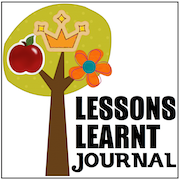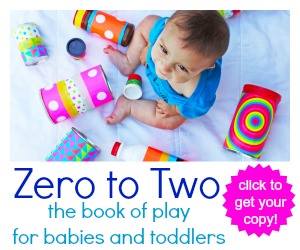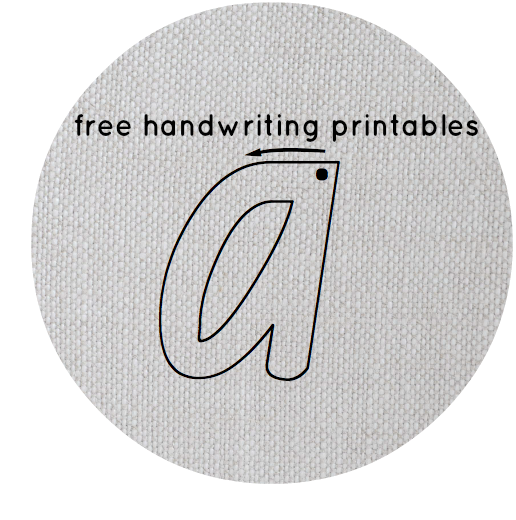Fists clench. “That’s mine!” My child just declared war over a prized toy.
Dad steps in and deploys a tried and tested distraction tactic. Our child is picked up, thrown gently into the air, spun around and flipped upside down to finish.
Laughter rings through the air. “More! More!”
There’s a voice in my head that yells, “CAUTION!” whenever I see kids experiencing high velocity maneuvers , (well high velocity relative to their size). But the results speak for themselves. Kids in motion: they love it.
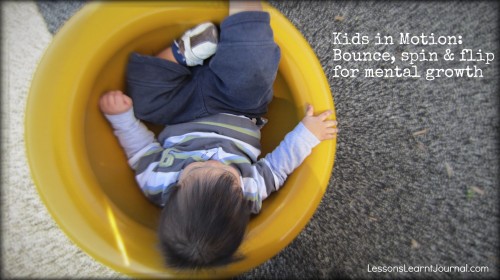
Encourage kids in motion. Let kids bounce, spin and flip. They love it and it’s good for their mental growth.
When kids are born, their vestibular system, which allows them to perceive their body’s movement and degree of balance is highly developed. As one of a child’s most mature senses, the vestibular system provides a fast track into their developing brain. All that rocking, jiggling and carrying is not only soothing for kids, it’s good for their minds. Eliot (1999, p.156).
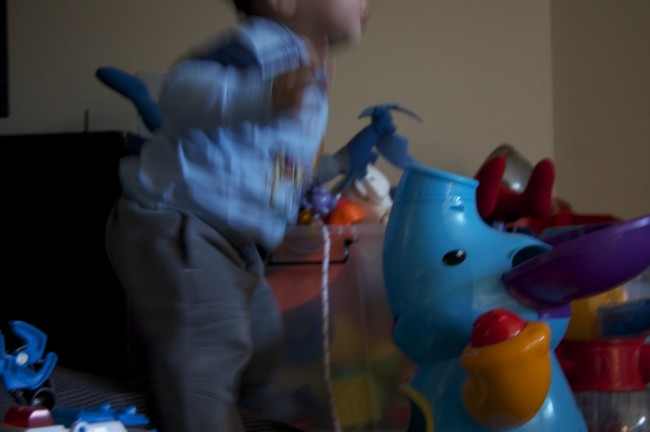
Interesting tidbits about kids in motion:
- “As one of the earliest sense to mature, the vestibular system provides a large share of a baby’s earliest sensory experiences. These experiences probably play a critical role in organising other sensory and motor abilities, which in turn influence the development of higher emotional and cognitive abilities.” Eliot (1999, p.154)
- “Children, and especially infants, seem to crave vestibular stimulation in the form of repetitive motion like rocking, swinging, bouncing, and spinning. So strong is this impulse that most infants go through a phase when they produce their own vestibular “self-stimulation” – bouncing, swaying, head-shaking, body rocking, or in 3 to 15 percent of babies, head-banging.” Eliot (1999, p.154). Our youngest, E is going through a phase where he repeatedly bounces himself from a seated to an almost standing position whenever his bottom finds a thick cushion. It looks like a great workout for his chubby thighs, but that happy smile exemplifies the joy of kids in motion.
- “In a study, researchers exposed babies, who ranged in age from three to thirteen months to sixteen sessions of chair spinning: Four times a week for four weeks, the infants were seated on a researcher’s lap and spun around ten times in a swivel chair, each spin followed by an abrupt stop…. Not surprisingly, the babies loved this treatment…. In addition to this ‘trained’ group, there were two groups of control infants, one that received no treatment, and one that came in for the same sixteen sessions but only sat on the researcher’s lap in the swivel chair; they did not get to spin. The results were striking. Compared with both control groups, the babies who were spun showed more advanced development of both their reflexes and their motor skills. The difference was particularly marked for motor skills like sitting, crawling, standing, and walking.” Eliot (1999, p.155)
- “…pre-term babies thrive much better when they receive additional vestibular stimulation each day. Rocking, swinging, being carried in front packs, or simply being propped upright in an infant seat are all measures known to quiet distressed preterm babies and help them grow faster… With these various improvements, premature babies have been found to gain weight faster, be less irritable, breathe more regularly, move less jerkily, sleep more, and spend more time in the quiet, alert state than pre-terms not given extra vestibular stimulation.” Eliot (1999, p.156)

Implications & Applications
Providing children with experiences that stimulate their vestibular system (i.e. their sense of motion and balance) is not only fun for the child, but also helpful for their developing minds. Encourage kids in motion. Let kids bounce, spin and flip. They love it and it’s good for their mental growth.
One of my sons, M has delayed speech. In one of our earlier sessions with his speech therapist, she recommended extra playing time on our trampoline as such play would provide his brain with the feedback he may need to help his mind develop so that other skills (like his speech) may mature. At the time when she recommended this, I didn’t quite understand how time playing on a trampoline would help my son with his speech. However, now that I have learnt more about the vestibular system and the highly cumulative nature of mental development in children, the extra sessions on the trampoline makes more sense.
Help your kids’ mental growth by letting them to be kids in motion, with many happy bounces, spins, flips!
Reference List:
Eliot, L 1999, ‘Why babies love to be bounced: the precocious sense of balance and motion’, in What’s going on in there?, Bantam Books, New York
August 2011

